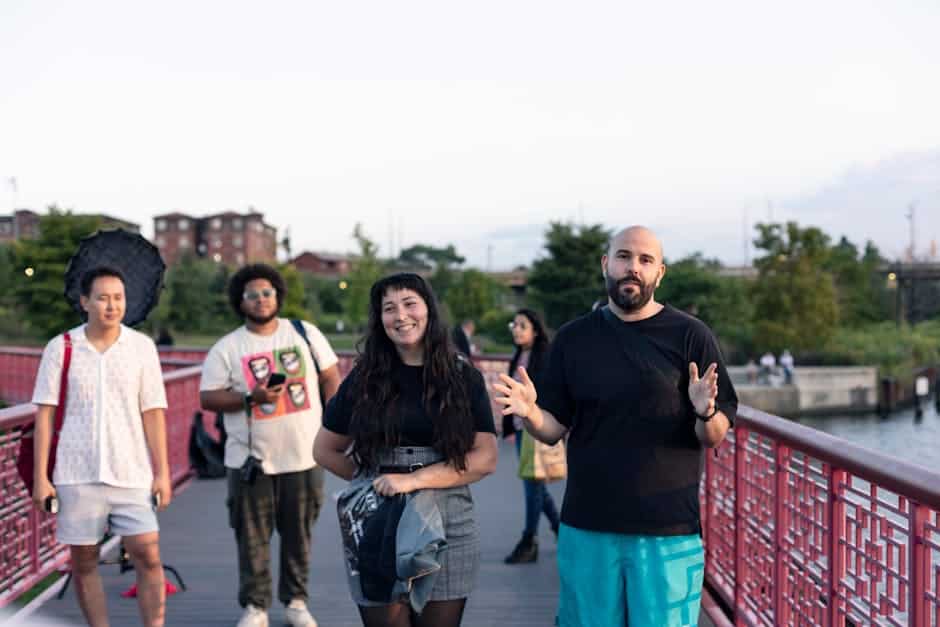The Role of Chicago Parks in Community Building
Chicago is renowned not just for its skyscrapers and deep-dish pizza but also for its lush parks that serve as the lungs of the city. Beyond their aesthetic appeal, these parks play a crucial role in community building, creating spaces where residents can connect, play, and grow together. In this blog post, we explore the multifaceted role that Chicago parks play in fostering community spirit.
Table of Contents
1. Introduction to Chicago Parks
2. Historical Significance
3. Parks as Social Hubs
4. Environmental Benefits
5. Educational Opportunities
6. FAQs
7. Conclusion
Introduction to Chicago Parks
Chicago boasts over 600 parks, covering more than 8,800 acres of land. From the iconic Grant Park, often called “Chicago’s Front Yard,” to the sprawling Lincoln Park, these green spaces are integral to the city’s identity. But their value extends far beyond mere aesthetics. Parks are where communities come alive, where bonds are forged, and where the city’s vibrant culture is celebrated.
Historical Significance
The history of Chicago’s parks is intertwined with the city’s growth. Established in the 19th century, many of these parks were designed to provide urban dwellers with a respite from the city’s hustle and bustle. Over the years, parks have evolved to reflect the changing needs of the community, serving as venues for everything from political rallies to cultural festivals.
Take Jackson Park, for example. Designed by the famous landscape architect Frederick Law Olmsted, it was the site of the 1893 World’s Columbian Exposition. Today, it continues to be a vital community space, hosting events that draw people from all walks of life.
Parks as Social Hubs
One of the most significant roles of Chicago parks is as social hubs. They provide a neutral ground where people from diverse backgrounds can meet and interact. Whether it’s a family picnic, a friendly game of soccer, or a community-led yoga class, parks offer countless opportunities for social engagement.
The annual Chicago Blues Festival, held in Millennium Park, is a testament to the power of parks in uniting communities. This free festival brings together music lovers from all over the city, celebrating Chicago’s rich musical heritage in a communal setting.
Environmental Benefits
Apart from their social role, parks are vital for the environment. They improve air quality, reduce urban heat, and support biodiversity by providing habitats for various species. Furthermore, parks like the Garfield Park Conservatory play a critical role in educating the public about sustainable practices and the importance of environmental stewardship.
These green spaces also serve as crucial stormwater management systems, helping to reduce flooding in urban areas. The ecological benefits of parks are undeniable, making them indispensable to a healthy, thriving city.
Educational Opportunities
Chicago’s parks are also educational powerhouses. Many parks offer programs and workshops aimed at educating the community about nature, history, and the arts. The Peggy Notebaert Nature Museum in Lincoln Park, for instance, provides interactive exhibits and nature walks that inspire curiosity and learning among visitors of all ages.
Moreover, parks serve as outdoor classrooms, where schools can conduct field trips and hands-on learning experiences. This not only enriches the students’ education but also fosters a sense of environmental responsibility from a young age.
FAQs
Q: What are some of the most popular parks in Chicago?
A: Some of the most popular parks include Millennium Park, Grant Park, Lincoln Park, Jackson Park, and Humboldt Park.
Q: Are there any free events held in Chicago’s parks?
A: Yes, many parks host free events throughout the year, including music festivals, outdoor movie screenings, and art fairs.
Q: How do Chicago parks contribute to the local economy?
A: Parks attract tourists and residents alike, boosting local businesses. They also increase property values and provide jobs related to park maintenance and event management.
Conclusion
Chicago parks are more than just patches of greenery; they are vital components of the city’s social and ecological fabric. By providing spaces for community interaction, environmental benefits, and educational opportunities, parks play a pivotal role in community building. As we continue to cherish and invest in these green spaces, we ensure that they remain vibrant, inclusive hubs for generations to come. 🌳


